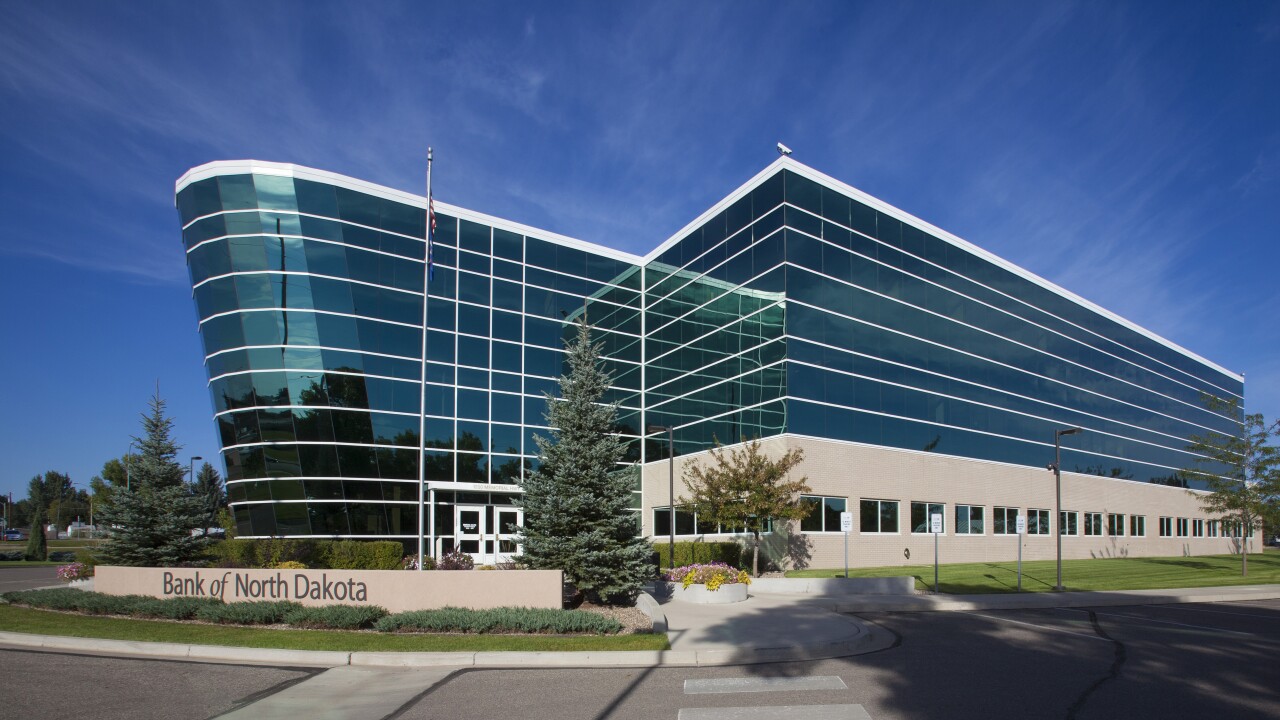With all of the changes in payments, being able to recognize the drivers behind the trends and adoption of new technology is essential. The obvious answer is consumer preference, but that isn’t always the case.
The most significant change in the payment landscape lately is arguably the EMV mandate. While consumers were accustomed to mindlessly swiping cards at any given location, there’s now a hesitation when determining if the point of sale is EMV capable, requiring a dip rather than a swipe. The initial confusion and reeducation of this process has slowed down many transactions, causing longer lines and general frustration.
Of course, it’s an overall positive thing that EMV has finally reached the U.S. – it helps combat the fraud and the arising chargeback issues related to it, and it enables interoperability with countries around the globe, something we were previously lacking. Despite these benefits, it’s certainly not a change consumers asked for or embraced. It demonstrates that not all payments changes are correlated to consumer preferences.

Conversely, customer interest and preference is nearly the sole driver of mobile payments adoption. A few years ago, mobile payments started flooding the industry. Like most new technologies, the hype cycle outweighed actual adoption in the beginning. Critics of Apple Pay and other early wallets were quick to point this out. Despite the novelty of the offerings, these initiatives lacked the added convenience or other incentives necessary to change habitual customer behavior. Consumers didn’t understand why they should adopt a new way to pay when swiping their cards worked equally as well.
Then, as the EMV mandate began to cause longer checkout lines and confusion about methods of payment, consumers found a reason to embrace mobile payments, since it was now the simpler option.
Another contributing factor to this turning point was the emergence of rewards and memberships associated with using mobile payment methods, as expertly implemented by the Starbucks app. By downloading payment apps or agreeing to pay in certain ways, consumers could save money, earn free or discounted products, and enjoy the perks of being a member of an ‘exclusive’ group. While mobile payments haven’t yet hit critical mass, adoption has been trending steadily upward because of consumers searching for simpler ways to pay.
The payments landscape continues to be in flux as the industry disagrees about exactly how much cash is still in use and different card providers vie for top of wallet. Throughout all the change, one thing remains clear: it’s difficult to introduce new technology or payments processes that require a significant change of consumers’ behavior. Consumers expect everything; from watching movies, tracking a package, to even ordering pizza; to be quick, convenient and digitally optimized. If consumers can’t pay for something when, where and the way they want to, it’s often viewed as not worth buying.
As we look into the next wave of payment innovation, it’s important to remember the significance of an easy, seamless, secure customer experience. Bitcoin, blockchain, and all the latest ways to pay are unlikely to be successful without clear benefits for the end user. While customer preference might not be absolutely necessary to drive payments trends and significant adoption of new technology (often due to factors such as new regulation), it sure is advantageous.





